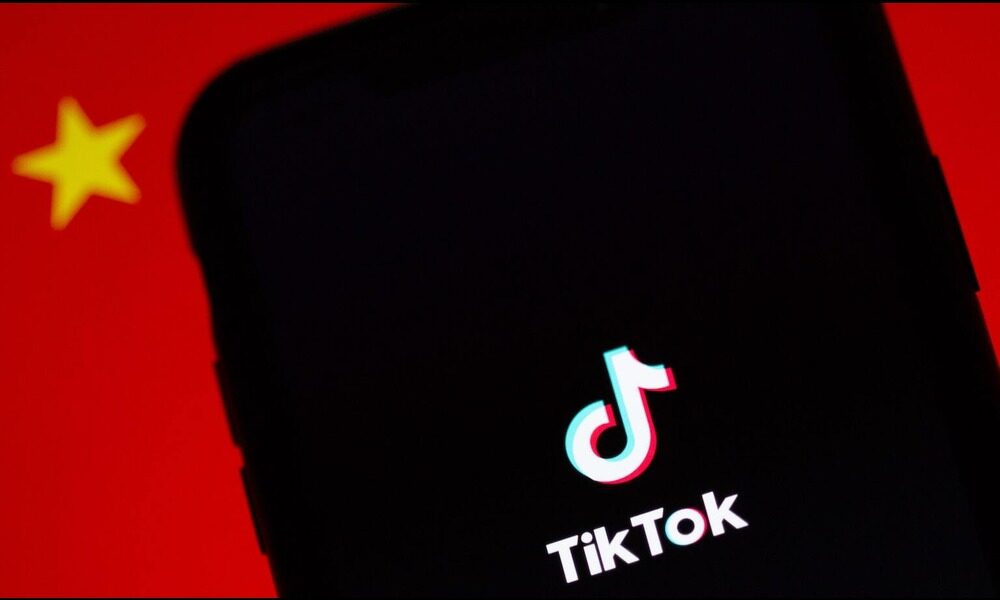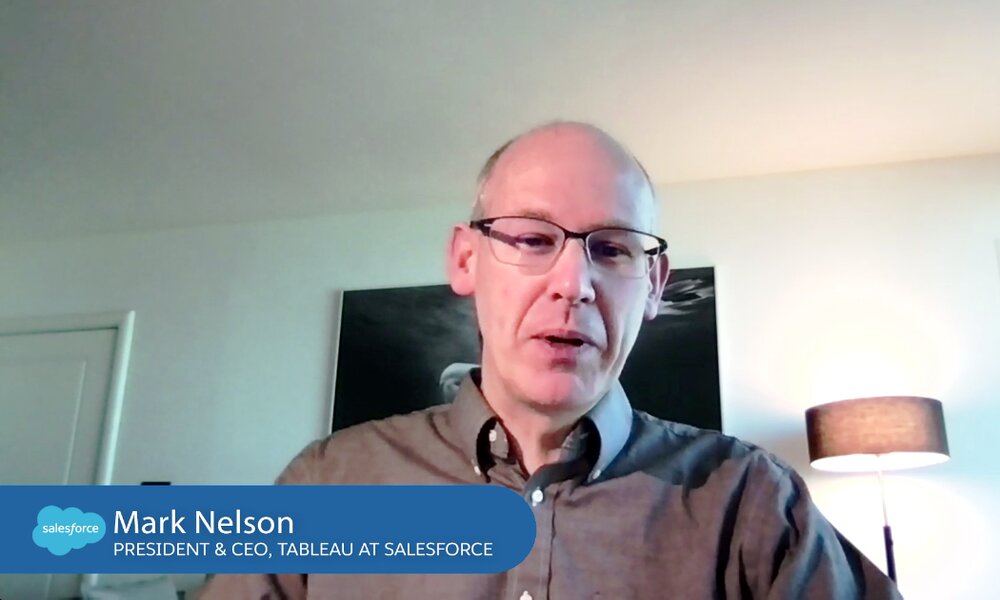
Google’s new scheme, cookie-free will finally be installed in 2024, instead of in 2023 as planned. Bearing in mind that the Chrome browser has a share of 70% in Spain, this will be a great challenge for the different brands and companies.
Third-party cookies are intended to collect data and information from users who visit a specific web page in order to offer personalized advertising. The cookieless means the disappearance of these cookies in the main browser, Chrome.
With the arrival of cookieless initial stages of the conversion funnel will be affected, especially the uptake. The reason is that if the user does not interact on the web or leave their data, it will not be possible to use it for retargeting. As a consequence, it will be more complex to carry out a segmentation process since it will not be possible to obtain all the information of the possible client. And, in addition, the costs of the strategies will increase since there will not be the necessary information to make decisions.
So how to make up for the lack of cookies?
To deal with cookieless, the main strategy that can help us is the inboundmarketing, since this allows collect user data that come to the website in exchange for offering them valuable content.
“In this context, marketing professionals must use and develop other methods to be able to establish analytical measurements that allow us to understand user behavior and check if the strategies work. Therefore, the aim is to carry out a follow-up without intruding on the user’s privacy, while at the same time web services and products can be personalized. At this point, inbound marketing strategies where the user freely transfers their data, take on special relevance”, explains Ferran Burriel, CEO of nothingAD, an agency specializing in inbound marketing.
It should be noted that nothingAD advises all companies that implement a CRM if they haven’t already. So that, from now on, they start collecting data and by the time third-party cookies disappear, they already have a solid database with which to work.
Own cookies are not included in the cookieless plan. That means that all the data collected on your own website can be optimized to obtain quality leads and create content for users with real interest.
For this reason, once the initial user data has been obtained, it is vital nurture leads obtained with valuable information so that they mature within their purchase process and, in an automated way, offer them more content that may be of interest to them: ebooks, videos, courses, subscriptions, webinars, templates, personal meetings, etc.). At the same time, this content will allow the collection of more user data to get to know them better thanks to the use of intelligent forms (forms that show fields with information that are not in the CRM).
For all this to be effective, from nothingAD they remember that it is essential to have a CRM where all the data will be stored automatically. There are a lot of different CRM’s to work with: HubSpot (which allows you to implement a complete Inbound Marketing strategy), Salesforce or Zoho, among others. Choosing the right CRM will allow companies to store and manage their own database, allowing them to improve their relationship with their clients and potential clients.



